Measures to combat currant moth
Gardeners always set aside a place for berry bushes on their site, so that, after harvesting, they can get enough vitamins and make preparations for the winter. However, with the appearance of moths on currants or gooseberries, it is no longer necessary to count on good fruiting: the larvae of the pest mercilessly destroy the berries. As a result, you can lose from 50 to 90% of the total crop. That is why it is necessary to fight moths at the earliest stage of infection.
Appearance, reproduction of moth
There are many types of moths. In the garden on red and black currants, as well as on gooseberries, the gooseberry moth parasitizes. Sometimes a pest can attack raspberries.
Features of the moth's appearance:
- an adult butterfly has a wingspan of about 3 cm and a body measuring 1.5 cm;
- on the head, you can see small threadlike antennae;
- the wings of the moth are grayish-brown, with a dark fringe on the hind wings.
Berry crops are harmed not by butterflies themselves, but by their larvae. The tracks can be from 8 to 14 mm in length. In the early stages of development, the larvae are pale yellow or green. In an adult caterpillar, the body color becomes more saturated, and the head turns black. There are indistinct spots on the sides.
The pest hibernates in the upper layers of the soil, being in the pupal stage. Before flowering begins, the massive years of butterflies begin. This happens closer to mid-May. During the day, butterflies hide, becoming active in the dark. A week later, moths begin to reproduce - females lay eggs in flower brushes.
After 1-2 weeks, the larvae appear and begin to actively feed on the poured berries. This phase of the pest's life lasts about a month. The caterpillars then hide in the soil, where they pupate. The moth breeds one generation of offspring per year.
Shrub lesion symptoms
The moth caterpillars are very voracious, their presence on the bushes will not go unnoticed. The gardener needs to pay attention to the following signs:
- the appearance of a cobweb on berry clusters, where some of the berries have a wilted appearance;
- small holes are visible on the affected berries, from which a cobweb extends outward;
- fruits change their color, dry out;
- sometimes green caterpillars themselves can be seen on the currants.
Most often, the moth prefers red currant fruits. Blackcurrant bushes are slightly less affected. Gooseberries do the least damage to caterpillars.
Pest control
To combat the fire, a complex of agrotechnical measures is used, chemicals and folk remedies are used. It is also necessary to carry out prevention.
Before you begin to fight the moth by spraying, it is necessary to collect fruits spoiled by the pest from the bushes and destroy them by pouring boiling water. With low infestation, this may be sufficient to preserve the crop.
From agrotechnical measures, autumn digging of soil is also used, which should be carried out just before the frosts. The diameter of the cultivated area around the bushes should be at least 2 m. This will contribute to the fact that the pupae find themselves on the surface of the earth and freeze out with the arrival of cold weather. It is only necessary to dig up the surface layer of the soil so as not to touch the roots of the currant.
After that, the bushes are spud to a height of 10 cm. In this case, the remaining pupae, having turned into butterflies in spring, will not be able to get to the surface. Instead of hilling, you can use compost or peat mulch. Currants are mulched in spring, as soon as the snow melts.The thickness of the mulch layer must be at least 10 cm.
Another protective measure is to water the currants with boiling water. It is carried out until the buds begin to bloom. For convenience, it is better to pre-tie the branches of the bush. This method relieves the currant not only from the moth, but also from other pests.
Treatment with drugs
Chemical preparations will help to get rid of the moth with a strong infection. If pests were seen on currants in the previous season, the first treatment is carried out even before flowering. For example, a solution of "Kinmix" in a 0.5% concentration or a 1% solution of "Iskra M" is suitable.
If caterpillars are found on developing fruits, it is recommended to use contact insecticides. Good effectiveness in combating fire flares was shown by:
- Rovikurt. Insecticide based on permethrin and tetramethrin. Dangerous for bees. Dosage - 50 ml of emulsion per 10 liters of water. The treatment is repeated after 7-10 days.
- "Tiovit Jet". A universal preparation for fungal diseases and pests. The solution is prepared from 40-50 g of granular substance per 10 liters of water. The number of treatments depends on the result.
- "Kilzar". The drug is available in powder and emulsion form. The main active ingredient is permethrin. The working solution is prepared from 50 g of powder or 100 g of emulsion per 10 liters of water. Recommended for double use.
Solutions of pesticides are prepared and sprayed using protective gloves, a respirator, and glasses. After the last treatment, at least 20 days must elapse before harvest. Before eating, the berries will need to be thoroughly rinsed in water.
In the later stages of fruiting, it is better to use biological insecticides that are safe for humans, for example:
- "Lepidocide"
- "Agravertin",
- Fitoverm,
- Iskra Bio.
Each of them has its own characteristics of use, so you need to carefully read the instructions for the drug. These products do not harm the soil and the plants themselves, pollinating insects, birds and animals.
The use of folk remedies
Folk remedies in the fight against moths are used to destroy caterpillars and scare away butterflies that have flown into the site. For this purpose, apply:
- Pyrethrum powdermade from Dolmat chamomile. The agent is sprayed on the bushes and the ground below them using a conventional sieve. Instead, you can use an infusion of chamomile pharmacy, made from 50 g of flowers in 5 liters of water. Raw materials are poured with boiling water and wrapped. Apply after complete cooling.
- Wood ash - it is powdered with bush leaves or used to prepare a solution. A spray composition is prepared from 3 liters of ash, 30 g of soap chips and 10 liters of water. First, the ash is poured with water and infused for 2-3 days, then the solution is filtered, soap is added to it, mixed and the bushes are immediately sprayed.
- Dry mustard. It can be sprayed over a shrub or a solution of 50 g of mustard powder in 5 liters of water and infused for 3 days, and then sprayed with currant leaves. The leaves covered with a bitter composition will not be to the taste of the moth larvae.
- Soda ash. The solution is prepared from 100 g of soda powder per 10 liters of water. For better adhesion, you can add 30–40 g of grated laundry soap to the composition. At the same time, baking soda will provide protection against powdery mildew, gray rot and some pests (aphids, kidney mites).
Gardeners use other caustic or bitter products as well. For example, infusions of pine needles, garlic, tobacco dust, wormwood.
You need to spray the bushes in dry cloudy weather. If the composition is soon washed off with rain, the treatment will need to be repeated.
Preventive measures
In order for firefighting measures to be effective, it is necessary to allocate time for prevention.
The following steps will help to prevent mass infection:
- regular inspection of the bushes in order to detect the pest or traces of its presence;
- timely thinning of the shrub (insects like to settle in dense thickets);
- making balanced dressings that will help strengthen the immunity of plants;
- during the flowering period, a film is spread under the bushes, and then all the plant debris that has fallen on it is burned.
And, of course, we must not forget about the autumn digging of soil near the bushes. All these measures will make it possible to reduce the number of the pest by tens of times and reduce the damage caused by the fire to a minimum.
It is impossible to completely protect plants in the open field from the pest, but you can make his stay on the site uncomfortable and thereby force the moth to leave the plants he likes. In case of severe infection, insecticides will become reliable assistants. With a small number of caterpillars and butterflies, it is better to opt for safe folk remedies.
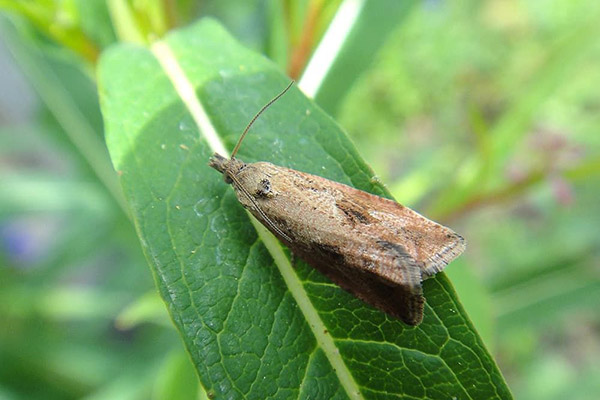
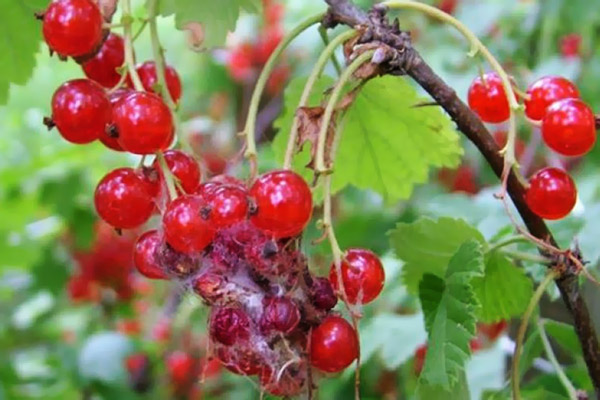
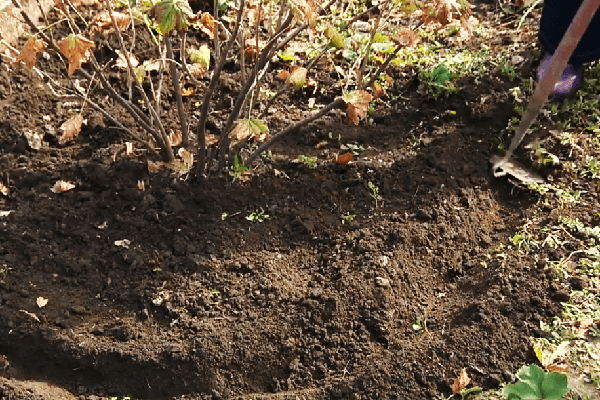
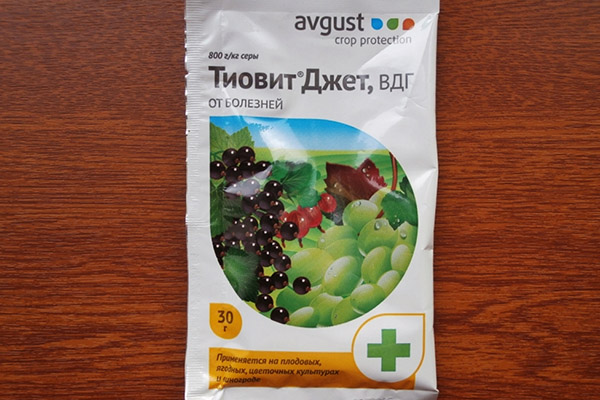
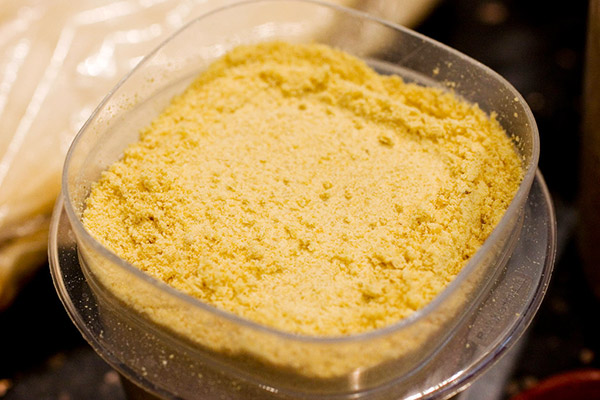


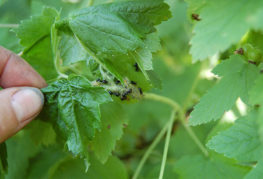
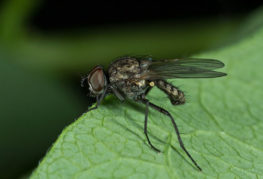

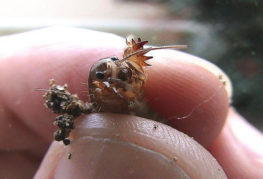
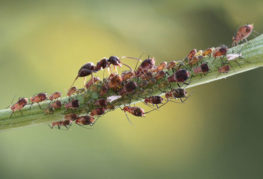
and will be published shortly.